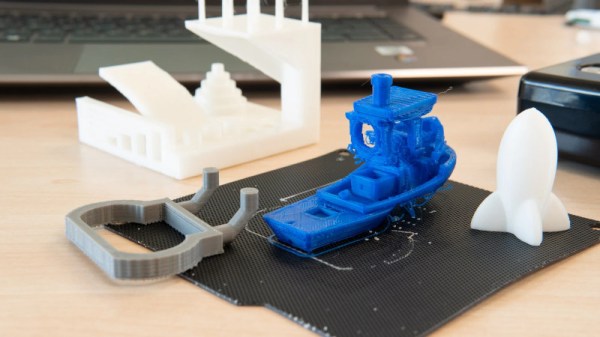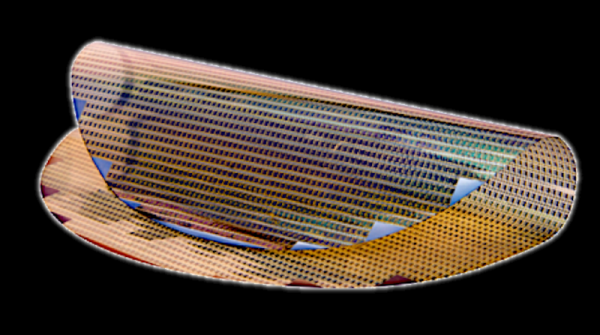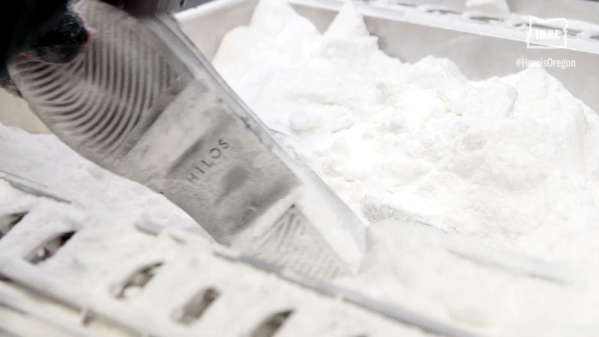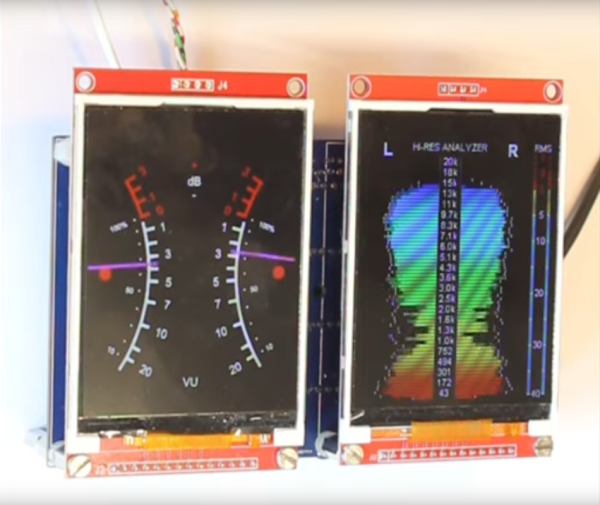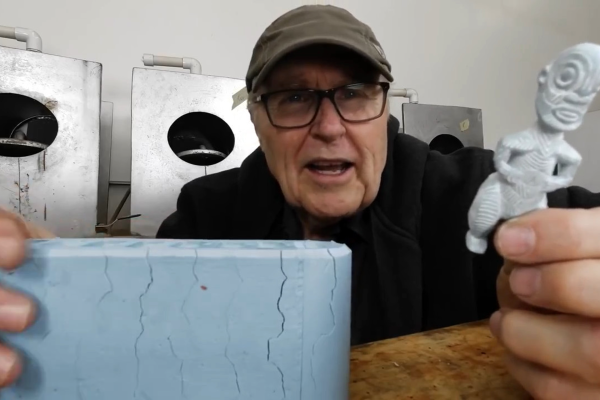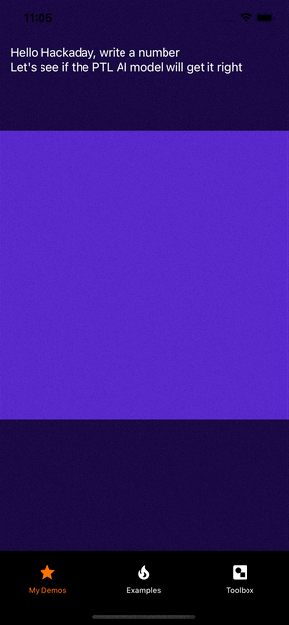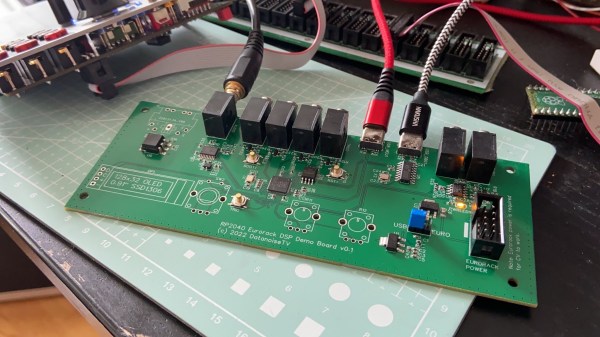There was a time when a cheap 3D printer meant an extremely dubious “Prusa i3” clone as a kit of parts, with the cheapest possible components which, when assembled, would deliver a distinctly underwhelming experience. Most hackerspaces have one of these cheap printers gathering dust somewhere, usually with a rats-nest of wires hanging out of one side of it. But those awful kits have been displaced by sub-$200 printers that are now rather good, so what’s the current lowest end of the market? The answer lies in printers such as the sub-$100 Easythreed X1, which All3DP have given a review. We’ve been curious about this printer for a while, but $100 is a bit much to spend on a toy, so it’s interesting to see their take on it.
It’s a tiny printer marketed as a kid’s toy with an unheated bed and a miniature 100 mm cubic print volume, so we don’t blame them for pitching their expectations low. They found the supplied slicer to be buggy, but the printer itself to be surprisingly better than they expected. It seems that the Easythreed can deliver reasonable but not superlative small prints amid the occasional disaster, but for under $100, we’d guess that any print is a result. Still, we’ll join them in their assessment that it’s worth spending a bit more on a better printer.
We’ve seen another tiny Easythreed model before, when someone made a novelty wrist-mounted wearable version.

